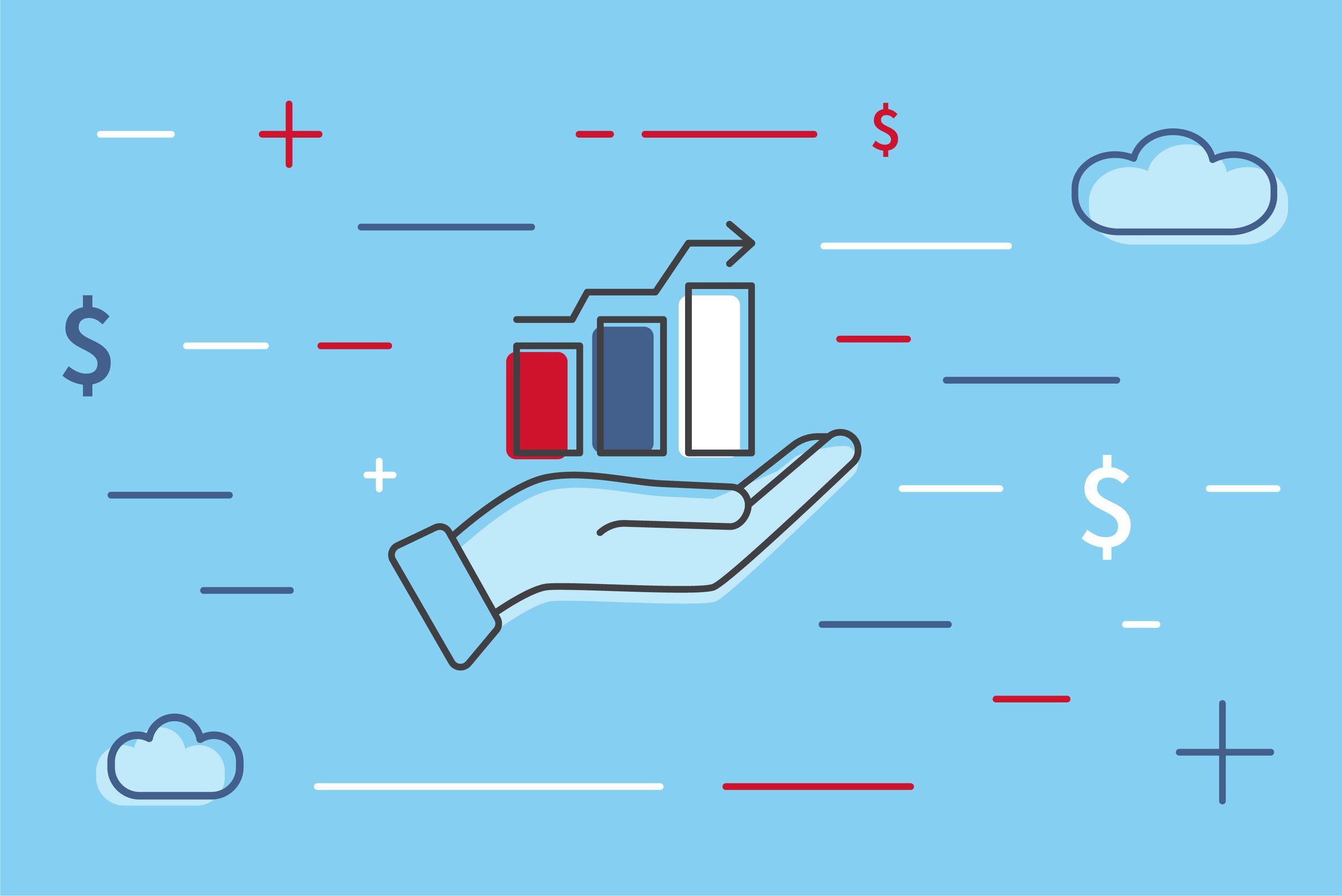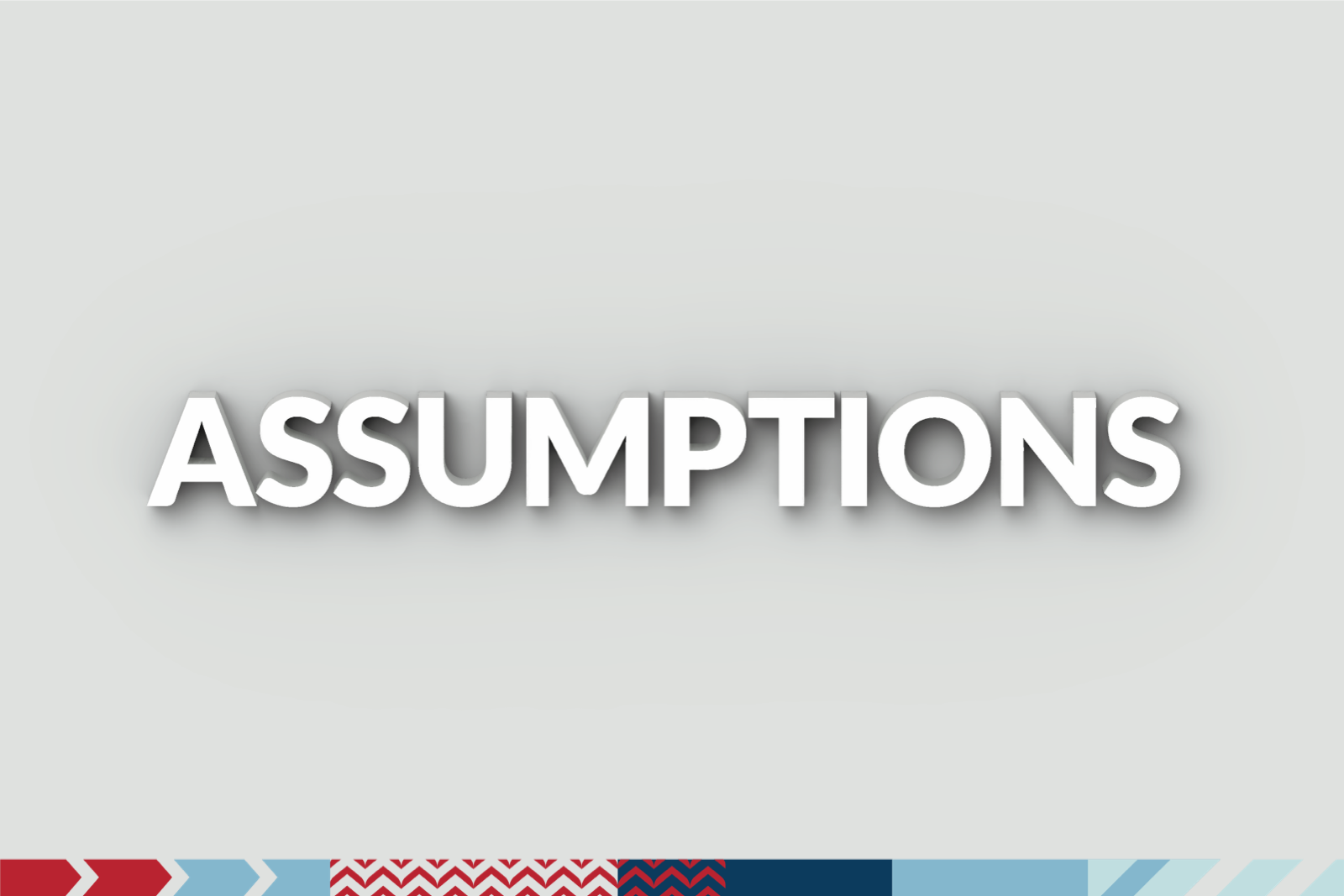Right on the Money

A successful loyalty program has three equally important parts: a compelling value proposition, operational feasibility, and financial viability. While loyalty clients frequently focus on developing a clever or unique value proposition, it’s important to balance that with the two other loyalty elements. After all, no matter how fabulous a value prop may sound, a low-margin or low-frequency business probably can’t afford to reward all its customers with all-inclusive trips to Disney World® or front-row tickets to a Taylor Swift concert.
Indeed, a well-thought-out financial analysis is vital to loyalty concept development. A blend of art and science, a loyalty financial model can:
-
determine whether a construct is financially viable,
-
estimate when the initial investment will be recovered,
-
forecast a scale of return, and
-
help generate new ideas and uncover opportunities.
Most importantly, the financial model demonstrates to clients what their future business could look like, both with and without a loyalty initiative. Ultimately, a loyalty financial model determines whether a value proposition is viable, identifies the levers, suggests an investment payback timeline, and articulates the scale of return.
Anatomy of a loyalty model: setting the stage
Let’s say you’re a new client of The Lacek Group. Your loyalty business case would typically encompass sections covering members, sales, and costs.
We’d start with your customer-level transactional data for the previous 36 months and distill it into a simplified format to create a logical, easy-to-understand framework; doing so establishes your baseline and your existing trends. Typical inputs include: customer/member counts, sales revenue, sales margin, and transaction counts.
If needed, and if available, we might incorporate additional data, such as your product, product category, channel(s), market share, and the percentage of current members who have opted to receive marketing communications.
All this information—along with findings from interviews with management, industry trends, macroeconomic impacts, and first-/third-party research information—would then be configured to provide a solid understanding of how your customers are expected to behave without any loyalty initiatives. This view also highlights insights to help you begin to identify and segment your target audiences, and understand the relative value of your channels.
Anatomy of a loyalty model: offering informed predictions
We’d then apply a series of assumptions and calculations to identify the incremental impact of loyalty to your business. In other words, what could your business look like with a loyalty initiative. These estimates use a variety of informed loyalty assumptions about enrollment, activation, retention, attrition, sales lift, and breakage. Understanding these metrics and how they interrelate is a key input in designing benefits and allocating them to your members.
Because our agency has been in the loyalty business for nearly three decades, the assumptions we use are grounded in many years of experience working with clients across multiple industries, including travel, finance, healthcare, hospitality, retail, automotive, business-to-business, and more. We also regularly assess whether our assumptions are still valid or need to be modified by analyzing results from loyalty initiatives we designed and helped launch, and by staying on top of loyalty industry information and innovations.
We also take into consideration whether your loyalty initiative is brand new or needs refreshing. In either case, our loyalty experience gives us a good sense of reasonable outcome expectations.
Anatomy of a loyalty model: projecting costs
The last major component we need to incorporate is program cost. Depending on the initiative, costs relate to benefits, infrastructure, and/or marketing. Some costs are fixed, while others vary. One-time start-up costs and longer-term maintenance costs may also be included. When possible, we work directly with your finance contacts to obtain and/or confirm specific costs. Once we finalize cost components, we can better envision what it takes to get your particular loyalty initiative up and running.
To ensure you’re confident about the loyalty model, we work closely with your finance contact to confirm we’re using your requirements and finance KPIs, and, ultimately, to review all calculations, assumptions, and logic to your satisfaction.
The resulting loyalty financial model shows what you might expect once a loyalty program is implemented—in other words, the incremental benefit a program should deliver. Typically, it includes a membership forecast (by tier or segment, if appropriate), baseline and incremental sales forecasts, incremental costs, and appropriate financial metrics (typically, return on marketing investment).
Models are custom-built for each client
While some similarities exist across models, each one differs slightly. Some clients start loyalty initiatives with a limited-geography pilot. Others begin with the minimum viable product, or MVP, which includes limited functionality. Still others deploy full functionality but offer scaled-back benefits at pilot launch. Some clients’ models focus on product. Others incorporate a form-of-payment or channel-driven lens. It all depends on the nature of a client’s business. We work with you to understand your business model and to ensure that what we create incorporates the nuances of your business. We build the model to reflect whatever approach you prefer.
Ultimately, the model should provide sufficient understanding of program financial viability to inform a go or no-go decision. This is determined via:
“expected,” “conservative,” or “aggressive” scenarios for incremental return on investment;
-
understanding of sensitivity around assumptions that influence program economics;
-
“what you need to believe”—that is, the minimum lift needed for a program to be viewed as successful; and
-
an estimated timeline to recover initial investment.
Modeling work evolves over time
Once your loyalty initiative launches, the modeling work doesn’t end. A best practice we recommend is revisiting the model regularly after launch, or at least during the first year. We refresh the approved forecast with actual data from the in-market initiative—and adjust any assumptions that might need refining as we all learn more about how customers are actually behaving. This helps us understand whether your initiative is working as planned, or better, and set a course for what may come next.
Loyalty financial models can have other practical uses beyond a program launch. A case in point: Many companies rely on point breakage to sustain program economics. That is, they anticipate that a certain percentage of members who earn points will never redeem them. This breakage benefits the brand; a brand doesn’t have to fund rewards for these members. During the height of the COVID-19 pandemic, many brands extended expiration dates on their points or miles. In doing so, they didn’t enjoy the typical program breakage that occurs. Creating a financial model helps brands understand the financial implications of program decisions.
In general, loyalty initiatives are designed to evolve over time to meet the changing needs of members. With each evolution, a solid financial model can help stakeholders quickly update and refine loyalty strategies to give you confidence in your business decisions.
Nina Rose is senior director of strategic services at The Lacek Group, a Minneapolis-based, data-driven loyalty, customer engagement and experience agency that has been delivering personalization for its world-class clients for more than 30 years. The Lacek Group is an Ogilvy company.

